Gaynor Family Crest, Coat of Arms & Gaynor Name Origin
|
|
|
|
|
| Return to Home page | Bookmark this page | Link to this page | Send a Gaynor Postcard |
| Find Your Name | ||||||||
| A | B | C | D | E | F | G | H | |
| I | J | K | L | M | N | O | P | |
| Q | R | S | T | U | V | W | X | |
| Y | Z | |||||||
Gaynor Family Crest


Origin of the Name Gaynor
The ancient history of the name Gaynor was found in the allfamilycrests.com archives.
Over the centuries Surnames developed a wide number of variants. Different spellings of the same name can be traced back to an original root. Additionally when a bearer of a name emigrated it was not uncommon that their original name would be incorrectly transcribed in the record books at their new location. Surnames were also often altered over the years based on how they sounded phonetically and depending on the prevailing political conditions it may have been advantageous to change a name from one language to another.
Variants of the name Gaynor
include O'Gerane, Gerane and Guerin. This name in Irish is MacFhionnbhair and the latter variants are the anglicized forms of this. This sept came from Longford. A sept or clan is a collective term describing a group of persons whose immediate ancestors bore a common surname and inhabited the same territory. Irish septs and clans that are related often belong to even larger groups, sometimes called tribes.
MacFhionnbhair was Chief of Muntergeran and was located on the West side of Lough Gowna in the present County of Longford. Muntergeran is a shortened anglicized form of Muintir Geradhain and the ancestor of the family of Gaynor was Fionnbhair O'Geradhain, who was Lord of that area in the eleventh century. There was another sept anglicized O'Gerane and Geran, they being listed as a principal Irish name in the year 1659 and the name survives to this very day as Guerin.
The Gaynor coat of arms came into existence centuries ago. The process of creating coats of arms (also often called family crests) began in the eleventh century although a form of Proto-Heraldry may have existed in some countries prior to this. The new art of Heraldry made it possible for families and even individual family members to have their very own coat of arms, including all Gaynor descendants.
|
WONDERFUL GIFTS FOR EVERY OCCASION
Show Off Your Heritage With Our Range Of Top Class Gifts For Your Family Name! VERY LIMITED TIME OFFER: FREE DELIVERY!!! |
||
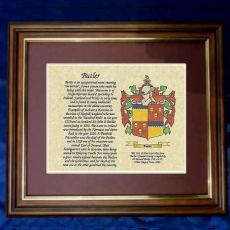 Parchment Prints: Framed, Unframed, Perfect  |
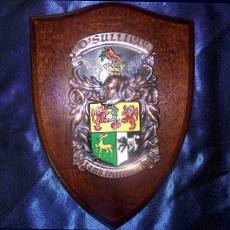 Researched Hand-Painted Plaques & Shields  |
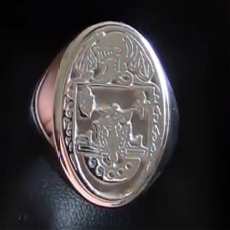 Incredible Hand-Engraved Signet & Seal Rings  |
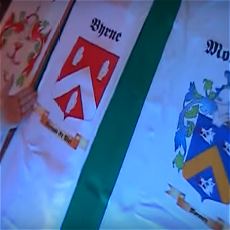 Get your Family Crest Flag, on Ireland or White background!  |
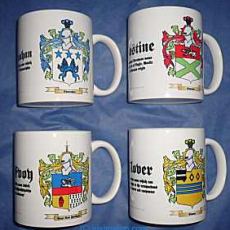 Personalized Coffee Mugs Make Thoughtful Personalized Gifts  |
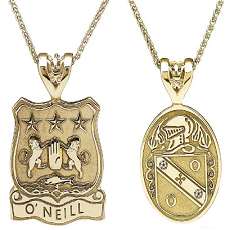 Engraved Pendants in Gorgeous Gold or Stylish Silver.  |